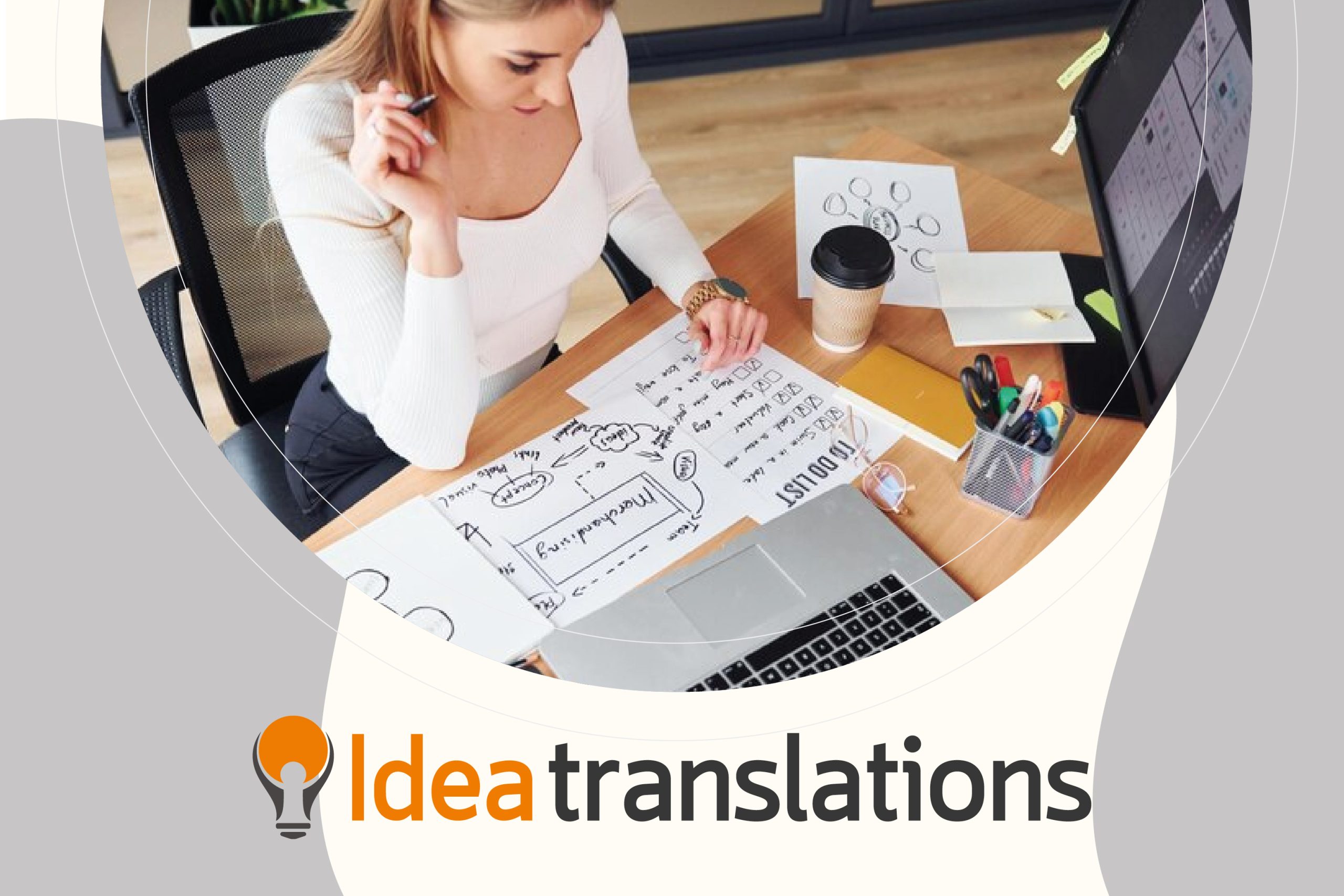
How to Translate Design Ideas into Any Language You Need
In today’s globalized world, visual content design transcends borders. Whether it’s a marketing campaign, a website, a product interface, or any other creative project, your design ideas must communicate effectively across languages and cultures.
Translating design concepts involves capturing the real essence while making sure it reaches diverse audiences. Here’s how we approach this challenge at Idea Translations:
1. Understand Cultural Context
Design is deeply cultural, and what resonates in one country may not in another. Colors, symbols, and even layout preferences can vary significantly—for instance, white signals purity in some cultures but mourning in others. We carefully consider these nuances to ensure your designs connect emotionally and culturally with your target audience.
2. Work with Professional Translators
Working with professional translators who specialize in design-related content is crucial. They can navigate the complexities of translating creative content while preserving its original aim and flair. Our team is adept at handling industry-specific jargon and stylistic nuances, ensuring that your design ideas are effectively translated.
3. Incorporate Localization from the Start
Localization is key to adapting your design to fit cultural contexts. By integrating localization from the start, we streamline the process and minimize the need for later adjustments. This proactive approach guarantees your design feels native to each audience, no matter where they are.
4. Use Adaptive Design Principles
Adaptive design principles allow for seamless adjustments across different languages and cultural contexts, especially when dealing with varying writing systems or word lengths. For example, a phrase in English might expand significantly when translated into Spanish or contract when translated into Chinese. We prepare for text expansion or contraction, ensuring that your layouts remain visually appealing and functional in any language.
5. Leverage Technology Wisely
While technology can help in the translation process, especially for design content, it cannot replace the human touch. Cultural nuances and stylistic subtleties require the expertise of professional translators. We use technology as a tool to enhance our translators, not as a substitute.
6. Collaborate with Our Translation Team
Providing our translation team with comprehensive context—such as the purpose of the design and the target audience—ensures they fully understand your vision. This collaboration allows us to translate your design ideas effectively, maintaining their original impact.
7. Test and Iterate
We review translated designs with native speakers to identify issues with translation, cultural fit, or layout. Feedback from this process allows us to refine the final product, ensuring it meets the highest standards.
Translating design ideas into multiple languages is a complex process that requires a careful balance of linguistic precision, cultural sensitivity, and creative adaptation.
At Idea Translations, we specialize in bringing your design visions to life in any language. Our expertise in translation and localization ensures that your designs communicate clearly, resonate culturally, and maintain their creative integrity—wherever they’re seen.



